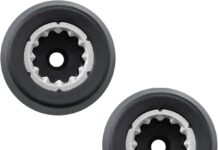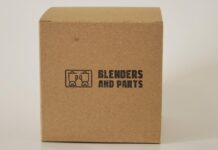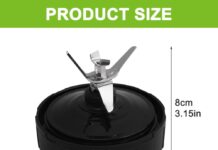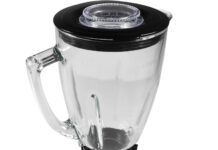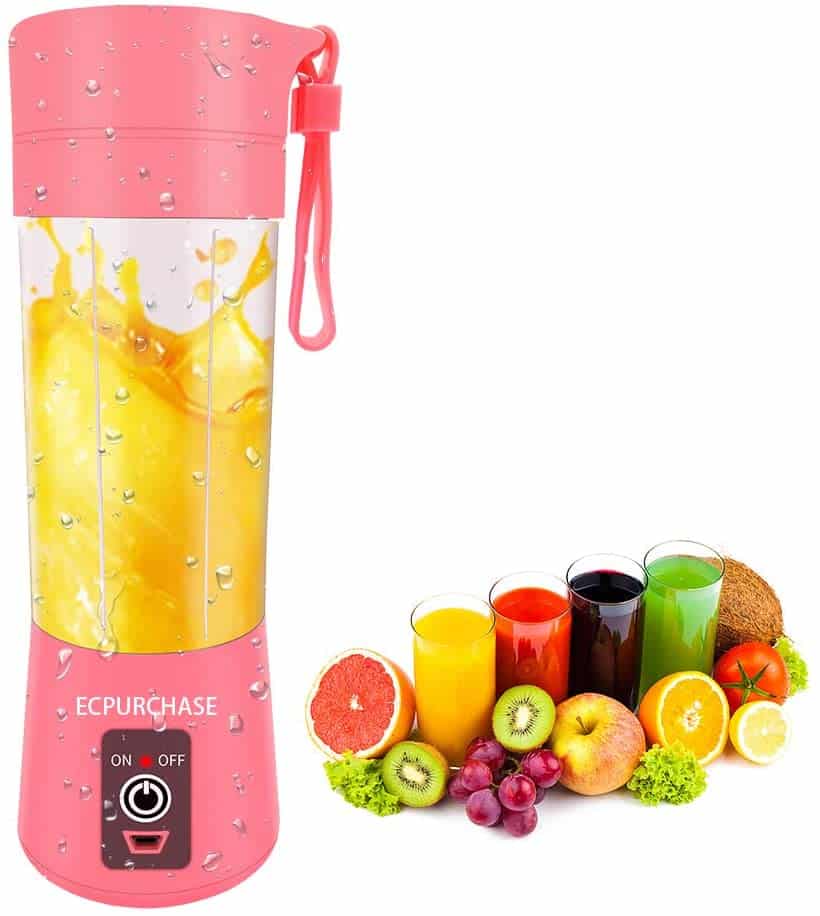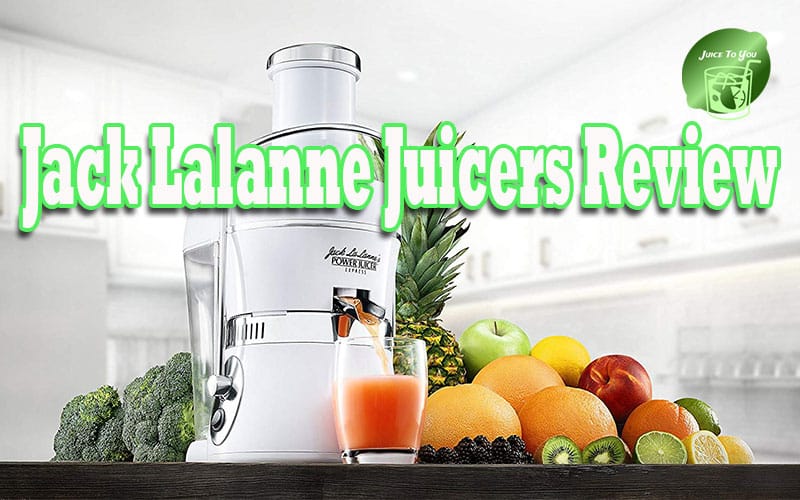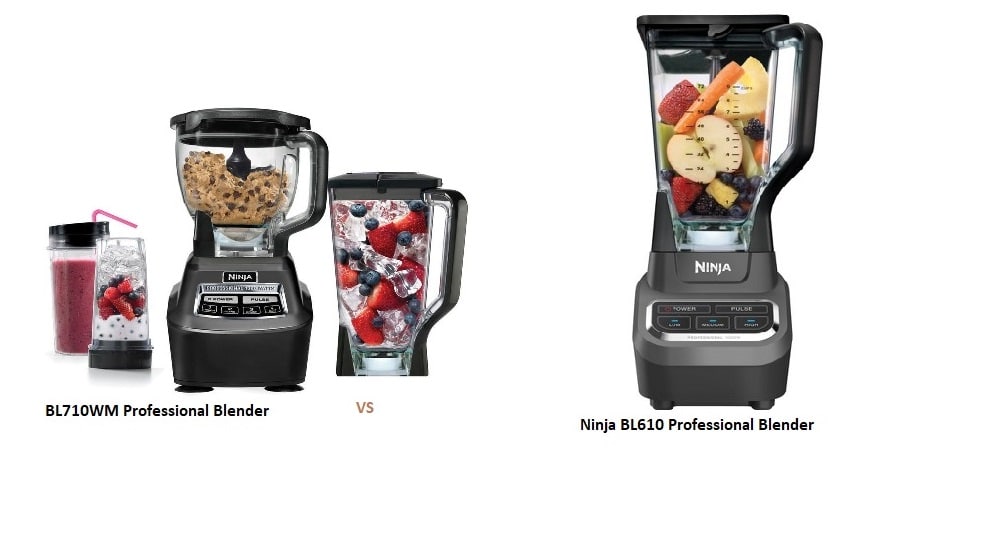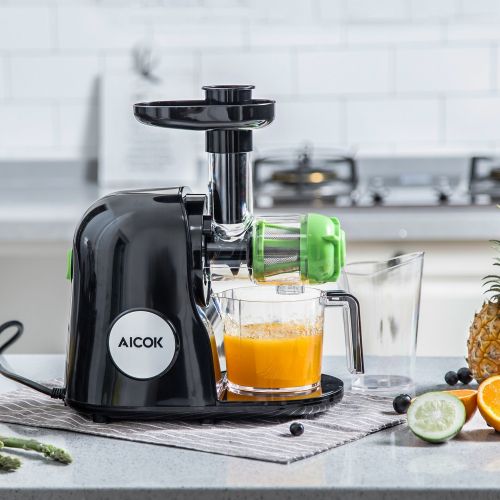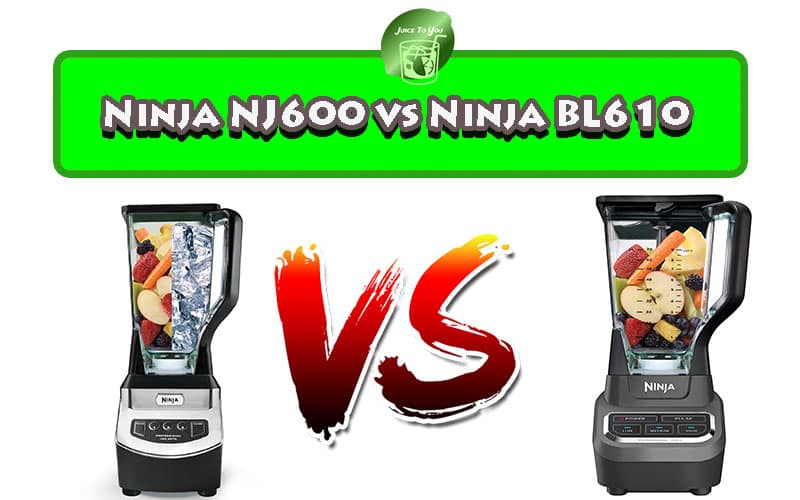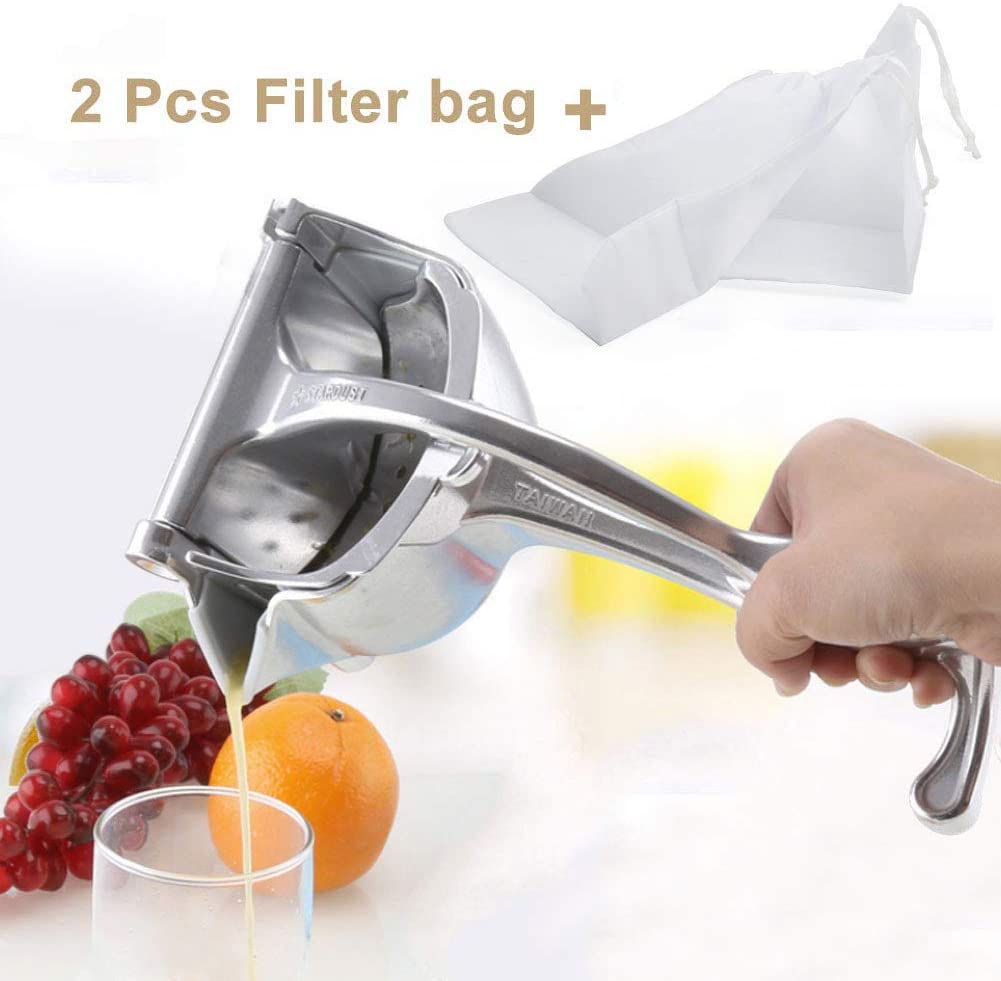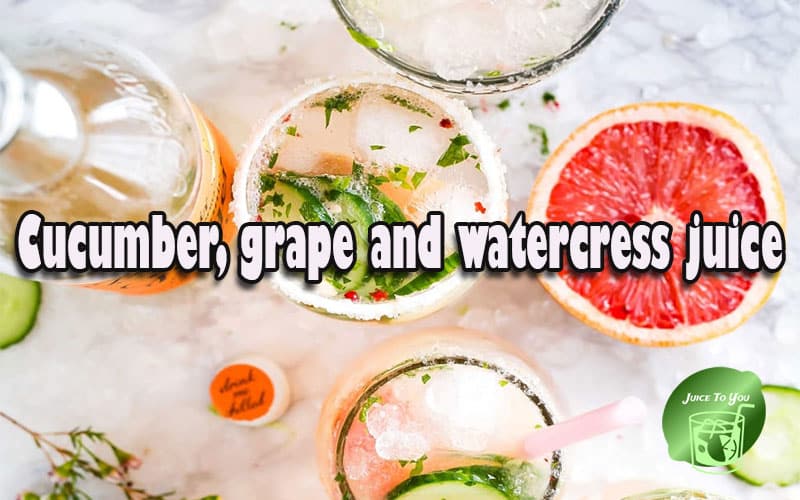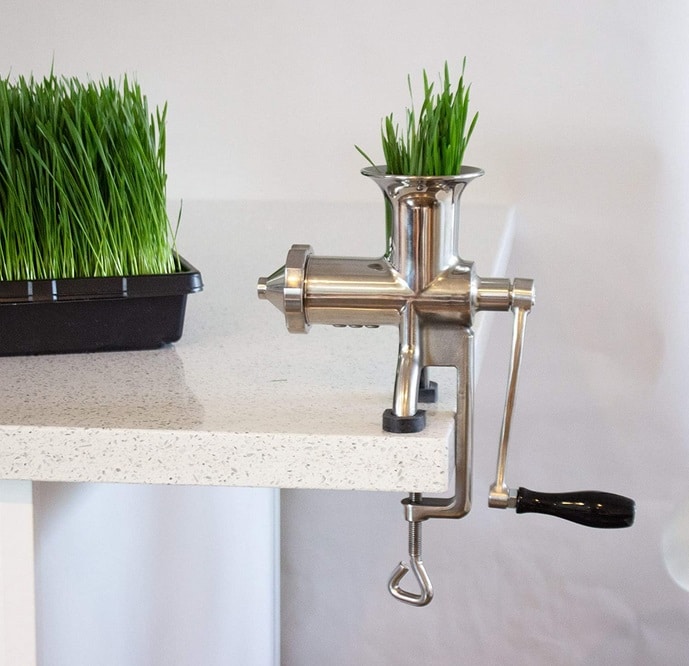? Are we looking for replacement blender parts that come with a reliable gasket to keep our blending smooth and leak-free?
Product Overview
We want to give a clear picture of what “Parts with Gasket” actually includes and how it performs in everyday kitchen use. This product is essentially a set of blender replacement parts that centers on a rubber gasket (rubber ring), a stainless steel blade assembly, and a blender jar base (bottom). We can buy the accessories with confidence because the components are designed to replace worn parts and restore the jar’s sealing and cutting performance.
What the product includes
We find the package centers on a rubber gasket, a stainless steel blade, and one blender jar base bottom. These parts are the basic pieces that wear out in many blenders over time, and having replacements on hand helps return our blender to reliable service. The product description emphasizes the rubber ring and stainless steel blade as core components.
Key Features
We like to identify the primary selling points and how they will affect daily use. The main features include the rubber sealing ring for leak prevention, a stainless steel blade built for cutting and blending, and a jar base that anchors the assembly.
- Rubber Ring (gasket) for sealing between jar and base.
- Stainless steel blade designed to withstand repeated use and contact with food.
- Blender jar base bottom that houses the blade assembly and provides a secure mount.
- Sold as replacement accessories so we can repair instead of replace the entire blender.
Why these features matter
Each of these components plays a role in ensuring blending efficiency and safety. The gasket prevents leaks that can cause messes or damage the blender motor, the blade determines how effectively ingredients are processed, and the jar base ensures the parts fit together tightly and rotate properly.
Specifications and Breakdown
We like to see specifications in an organized way so we know what to expect at a glance. The table below summarizes the key specifications and characteristics based on the product details and typical replacement-part expectations.
| Feature | Details |
|---|---|
| Product Name | “Parts with Gasket” |
| Included Items | Rubber gasket (ring), stainless steel blade assembly, blender jar base bottom (1x) |
| Blade Material | Stainless steel |
| Gasket Material | Rubber |
| Compatibility | Designed as generic replacement parts; fit depends on jar and base design |
| Quantity | 1 set (1 gasket, 1 blade assembly, 1 jar base bottom) |
| Primary Function | Replace worn gasket and blade; restore seal and cutting performance |
| Intended Use | Household blender maintenance and repair |
| Ease of Installation | Moderate; typically requires hand-tightening and basic alignment |
| Food Safety | Stainless steel blade and food-grade rubber expected; verify manufacturer details |
Notes on specifications
We should always check exact dimensions and compatibility with our blender model before purchasing because many blenders use proprietary sizes and threading. The material designations indicate durability for typical household use, though heavy-duty or commercial use might require more robust components.
Design and Build Quality
We want the parts we buy to feel durable and to match the original parts as closely as possible. The “Parts with Gasket” set combines a flexible rubber ring with a stainless steel blade and a molded jar base.
Construction details
The blade is stainless steel, which resists corrosion and maintains sharpness longer than cheaper metals. The rubber gasket provides a flexible seal that conforms to the jar and base surfaces to prevent leaks. The blender jar base is typically molded to house the blade and gasket securely, and it must withstand the torque and vibrations of blending.
Fit and finish
When we inspect such a replacement kit, we expect the edges of the blade assembly to be smooth where it interfaces with the base to minimize wear on the gasket. The rubber ring should be evenly formed with no thin spots, and the jar base should align cleanly with the jar and motor coupling. These visual and tactile checks help predict long-term reliability.
Materials Used
We care about materials because they determine longevity, safety, and performance. This product emphasizes stainless steel for the blade and rubber for the gasket.
Stainless steel blade advantages
Stainless steel is resistant to rust and is relatively easy to clean. It maintains cutting edges better than softer metals and is suitable for food contact. We can expect the blade to withstand ice, frozen fruit, and typical blending tasks if constructed well.
Rubber gasket advantages
A rubber ring provides flexibility and elasticity, enabling it to compress and form a seal between irregular surfaces. Food-grade rubber or silicone types are preferred because they resist odors and staining and can handle repeated exposure to liquids and mild detergents.
Compatibility and Fit
We want to ensure our replacement parts fit the blender we actually own. Compatibility can be the most important factor when buying replacement parts.
How to check compatibility
We recommend measuring the diameter of the original gasket, examining the blade mounting pattern (number and position of screws or rivets), and checking whether the jar base threads or locking mechanism match our blender’s motor coupling. If the product listing does not specify model compatibility, we should compare physical measurements.
Common compatibility issues
Many blenders use proprietary dimensions; a generic blade may not lock properly into the motor coupling, or the jar base may have slightly different threading that prevents a tight fit. The rubber gasket may be too large or too small for our jar lip, which will cause leaks. We advise caution and careful measurement.
Performance
We evaluate how well the set performs in real-world blending and sealing tasks. Performance encompasses sealing (leak prevention), blending efficiency, and durability under repeated use.
Seal and leak prevention
The rubber gasket is the part primarily responsible for preventing leaks. In our experience, a well-fitting gasket, when installed properly between the blade assembly and jar, will keep liquids contained even under vigorous blending. If the gasket is worn, misshapen, or improperly seated, leaks can occur, and blending performance drops.
Blade performance
The stainless steel blade is responsible for chopping, pureeing, and crushing. For many household tasks, a stainless blade performs reliably—transforming fruit into smooth smoothies, chopping nuts, and crushing ice if the blade is robust. We should expect that the blade’s thickness and edge angle will affect how quickly it processes foods and how much torque it needs from the motor.
Installation and Replacement
Installation usually requires a few simple steps, though the exact process may vary depending on the blender model. We prefer clear, patient instructions to make replacement straightforward.
Step-by-step installation
- Unplug the blender and remove the blender jar from the motor base. Safety first: always disconnect power.
- Carefully remove the old blade assembly by unscrewing the jar base or turning the retaining nut, depending on the model.
- Inspect and clean the jar lip and the underside of the jar. Remove any trapped debris or old gasket material.
- Place the new rubber gasket into the groove, aligning it so the gasket sits evenly and snugly.
- Insert the new blade assembly into the jar base, making sure any mounting screws or rivets match the original pattern.
- Secure the jar base to the jar, ensuring it is tightened properly but not over-torqued to avoid damaging the gasket.
- Test with a small amount of water before full use to confirm there are no leaks.
Tips for ensuring proper fit
We advise lubricating the gasket slightly with a drop of cooking oil or water to ease seating but avoid petroleum-based products that may degrade rubber. Make sure the gasket isn’t twisted or pinched during installation. Tighten hand-tight and then test—if leaks appear, loosen and reseat the gasket rather than overtightening.
Maintenance and Cleaning
Proper maintenance extends the life of both the gasket and the blade. We should adopt routines that keep parts clean and free of food buildup.
Routine cleaning
After each use, we recommend rinsing the blade and gasket under warm water to remove residues. Use a mild dish soap and a soft brush to clean around the blade and the rubber ring. Avoid harsh abrasives that can scratch metal or roughen the gasket surface. For deep cleaning, disassemble as per the manufacturer instructions and let parts soak in warm soapy water before scrubbing gently.
Longevity and when to replace
Gaskets typically wear out because of compression set, cuts, or chemical degradation. If the gasket shows signs of cracking, thinning, or persistent leaks even when seated properly, we should replace it. Blades show wear in the form of dull edges or bending; if blending time increases significantly or performance drops, replacement is sensible. Regular inspection every few months is a good habit if the blender is used frequently.
Safety Considerations
Safety is paramount because the set includes sharp blades and components that contact food and liquids.
Food safety and materials
We recommend confirming that the rubber gasket is food-grade and BPA-free if made from plastic or rubber derivatives. Stainless steel blades are generally food-safe, but we should avoid components sourced from unknown or low-quality manufacturers that do not list material safety.
Handling blades and gaskets carefully
Always handle blades by the central hub, not by the cutting edges. When cleaning, use a brush rather than fingers to avoid cuts. Keep replacement parts away from children and pets. Ensure the gasket is seated properly before running the blender to prevent liquid from contacting the motor base.
Pros and Cons
We want to present a balanced view of advantages and limitations so we can make an informed purchase decision.
| Pros | Cons |
|---|---|
| Restores sealing and blade performance | Compatibility may be limited with proprietary jars |
| Stainless steel blade resists corrosion | Rubber gasket may degrade over time |
| Cost-effective alternative to buying a new blender | Installation requires some manual dexterity |
| Enables repair and reduces waste | Quality can vary across sellers |
| Simple to store as spare parts | Not always guaranteed to match OEM specifications |
Reading the pros and cons
We appreciate that replacement parts can save money and extend appliance life, but we also recognize the importance of matching dimensions and material quality closely with the original components. The trade-off is often between cost savings and the effort required to confirm compatibility.
Who Should Buy “Parts with Gasket”
This product can be an excellent choice for certain users but less so for others.
Ideal use cases
We suggest this set if:
- Our blender’s gasket or blade is worn or damaged and we want to repair it without buying a new appliance.
- We use a blender lightly to moderately and want a cost-effective replacement.
- We are comfortable measuring parts and comparing them to ensure fit.
Considerations before buying
If our blender is a high-end or proprietary model, verify model compatibility first. If we use the blender heavily or for commercial purposes, we may want OEM parts specified for commercial-grade use rather than a generic set.
Alternatives and Comparisons
It helps to compare this product with other options to decide whether it’s our best choice.
Comparable product types
- OEM replacement kits from the blender’s original manufacturer: usually guaranteed fit and recommended for warranty preservation.
- Third-party high-quality replacement blades and gaskets designed specifically for popular blender models: often good balance of cost and fit.
- Universal replacement kits with adjustable or multiple gasket sizes: can work for multiple blenders but require careful selection.
Why choose “Parts with Gasket”
We might choose this set because it bundles the essential components—gasket, blade, and base—so we don’t have to source each part separately. For many household users, that convenience and cost saving outweigh the potential inconvenience of compatibility checking.
Price vs Value
We always weigh cost against expected lifespan and performance. A low-cost replacement that fails quickly is not real savings.
Assessing value
If the parts match our blender and restore full function for a fraction of the cost of a new unit, the value is high. If parts are marginal and need frequent replacement, that reduces value. We recommend reading seller reviews and checking return policies to minimize risk.
Packaging and Shipping Considerations
We prefer parts that arrive well-packed to avoid damage.
What to look for
Look for robust packaging and protective padding around sharp blades. Confirm shipping times and return policies so we can act quickly if parts don’t fit or are defective. Sellers that include installation instructions or links to tutorials add convenience and reduce frustration.
Environmental and Sustainability Notes
Repairing a blender instead of buying a new one reduces waste. We appreciate products that facilitate this.
Repair over replace
Buyers who choose replacement kits contribute to reducing electronic waste and extend the appliance’s service life. Replacing only the worn gasket and blade is a small but meaningful environmental choice.
Troubleshooting Common Issues
We want quick solutions when things go wrong after replacing parts.
If the jar leaks
First, unplug and disassemble the jar. Check that the gasket is seated evenly without twists or gaps. Clean both mating surfaces thoroughly. If the gasket appears damaged, replace it again. Confirm that the jar base is tightened properly and that threads are not stripped.
If the blade is loose or wobbly
Check that the blade assembly is fully seated and the retaining nut or screws are correctly tightened. If wobble persists, inspect the blade hub for bending or the jar base for worn threads. Replace parts showing deformation.
If the blender makes noise
Excess vibration or unusual noise can come from misalignment of the jar base or from a worn coupling in the motor base. Remove the jar and inspect the motor coupling for wear, and ensure the jar base and blade assembly are compatible and properly assembled.
Frequently Asked Questions (FAQs)
We compile the questions we often see to help others make a decision.
Q: Will these parts fit every blender? A: No. Compatibility varies. Measure your existing parts and compare dimensions or consult the seller’s compatibility information.
Q: Is the gasket food-grade? A: The product description indicates a rubber ring, but we should verify with the seller or product label to confirm it is food-grade and suitable for repeated contact with food.
Q: Can the blade crush ice? A: Stainless steel blades typically handle ice, but performance depends on blade thickness, sharpness, and motor power. Treat ice-crushing tasks cautiously and in small batches to avoid overloading the motor.
Q: How often will the gasket need replacement? A: That depends on usage frequency and cleaning habits. For regular household use, gaskets often last months to years; frequent heavy use may shorten this. Replace when you see cracks, leaks, or loss of elasticity.
Q: Is installation difficult? A: For most household users with reasonable DIY comfort, installation is moderate in difficulty. It involves disassembly, cleaning, and reassembly. If unsure, consult a service professional.
Q: What if the parts don’t fit? A: Check the seller’s return and refund policy. Keep packaging and take photos to document incompatibility. If you’re unsure pre-purchase, contact the seller with measurements.
Buying Tips and Checklist
We like to provide a concise checklist so we don’t forget important pre-purchase steps.
- Measure your existing gasket diameter and thickness.
- Photograph the blade assembly and note mounting pattern.
- Confirm the jar base thread or locking mechanism type.
- Verify materials: stainless steel blade and food-grade rubber gasket are preferred.
- Read seller reviews for quality and fit feedback.
- Check return policy and warranty information.
- Consider buying a spare gasket if your usage is heavy.
Real-World Use Cases and Scenarios
It helps to picture how the product will perform in daily life.
Everyday smoothie and soup making
We can expect the stainless steel blade to handle fruits, vegetables, and soft solids effectively. The gasket will keep liquids contained when properly installed, allowing us to blend soups or smoothies without mess.
Occasional ice crushing and frozen blends
If used moderately and with care—small batches, pulse settings, and appropriate liquid content—the blade should crush ice and frozen fruit. For heavy, frequent ice crushing, we may want a blade specified for that use.
Repair after wear or damage
If our original gasket is cracked or the blade has dulled, replacing these components with this set can restore function and save money compared with buying a new blender.
Warranty and Seller Support
Warranty and support can make a big difference when parts fail prematurely.
What to expect
Many third-party replacement parts come with a basic seller warranty—commonly 30 to 90 days—for defects. We recommend confirming the seller’s warranty and support channels before purchasing to ensure recourse if parts arrive defective.
Final Verdict
Weighing all aspects, “Parts with Gasket” is a practical, cost-effective solution for many household blender repair needs. If the dimensions match our blender and the materials meet food-safety expectations, this set can restore leaky jars and blunt blades to proper working order. We value that it supports repair over replacement, helps reduce waste, and is generally straightforward to install for those willing to measure and match parts to their blender.
We recommend purchasing this product if:
- We have confirmed measurements and compatibility.
- We want an economical repair option.
- We’re comfortable performing the installation and basic maintenance.
If compatibility is uncertain or our blender is a proprietary high-end model, we suggest checking for OEM parts or contacting the blender manufacturer for exact replacements to preserve performance and warranty status.
Summary
We have reviewed “Parts with Gasket” from multiple angles: build quality, materials, installation, performance, safety, and environmental considerations. The set offers essential components—rubber gasket, stainless steel blade, and jar base—that can bring a worn blender back to life. With careful measurement, proper installation, and routine maintenance, this product can provide excellent value and restore the convenience of our kitchen appliances.
Disclosure: As an Amazon Associate, I earn from qualifying purchases.









